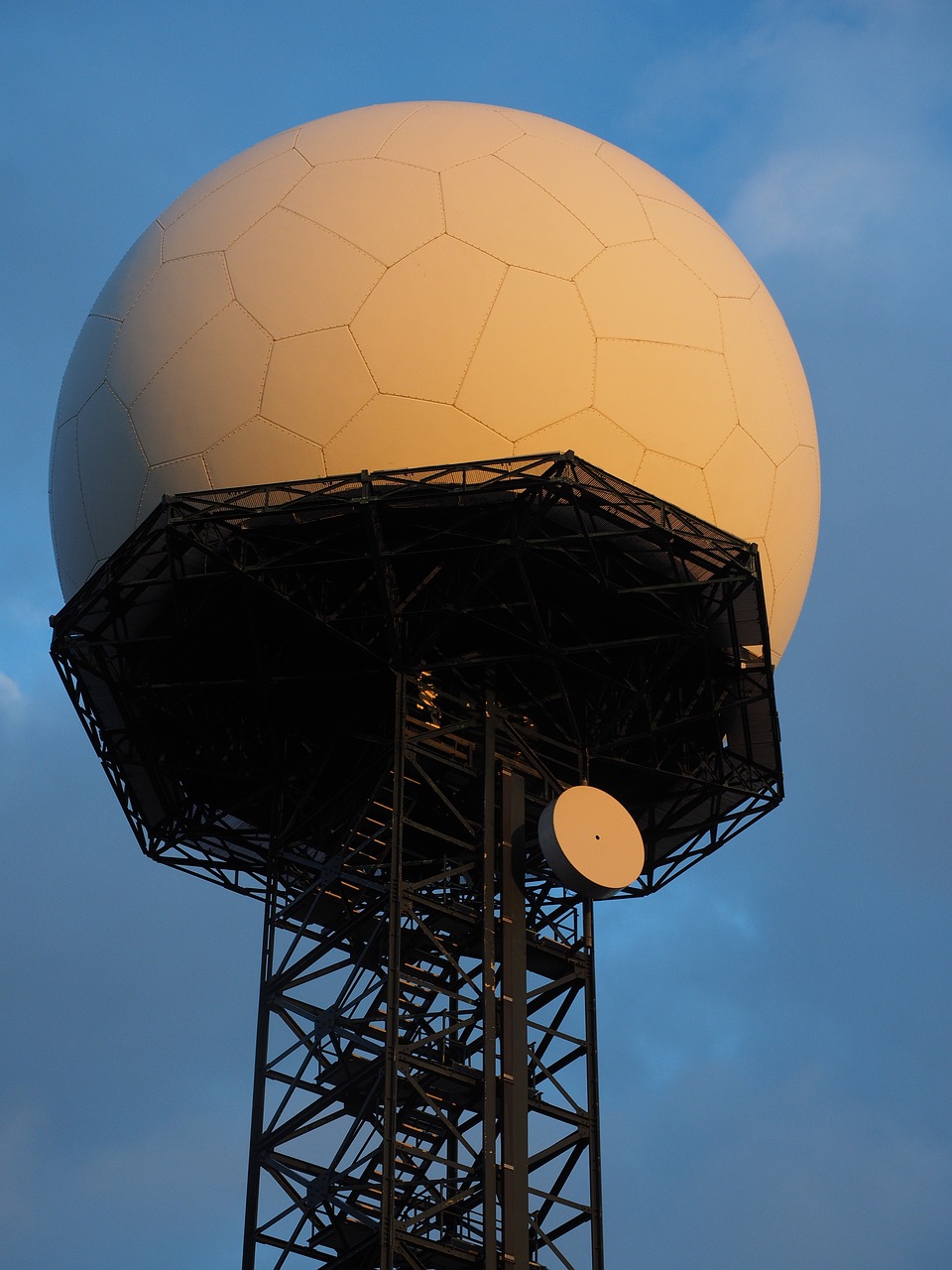RFID is a wireless technology used for the automatic identification and tracking of objects, animals, or people using radio waves. It consists of a tag attached to an item and a reader that communicates with the tag to exchange information.
Components of RFID
- RFID Tag:
- Contains a microchip and an antenna.
- Stores data about the item to which it is attached.
- Types:
- Passive Tags: No internal power source; activated by the RFID reader.
- Active Tags: Powered by an internal battery and have a longer range.
- Semi-Passive Tags: Battery-powered but activated by the reader.
- RFID Reader:
- A device that transmits and receives radio waves to communicate with RFID tags.
- Can be handheld or fixed.
- RFID Antenna:
- Enables communication between the reader and the tag.
- Different designs for varying applications and ranges.
- Backend Database:
- Stores and processes the data collected by the RFID system.
How RFID Works
- The RFID reader emits a radio signal through its antenna.
- The tag receives the signal and responds with its unique identification data.
- The reader captures this data and sends it to a computer system for processing.
- The processed data is used for tracking, inventory management, or authentication.
Applications of RFID
- Retail and Inventory Management:
- Track inventory in real-time to reduce stockouts and overstock.
- Transportation and Logistics:
- Monitor shipments, track containers, and manage supply chains.
- Access Control:
- Use RFID cards for entry into buildings or restricted areas.
- Healthcare:
- Track medical equipment, patient identification, and medication management.
- Animal Tracking:
- Monitor livestock or pets using RFID-embedded tags.
- Automotive:
- Toll collection systems, vehicle tracking, and parking management.
Advantages
- Speed:
- Faster data capture compared to barcodes or manual methods.
- Accuracy:
- Reduces errors associated with manual entry.
- Non-Line-of-Sight:
- Does not require a direct line of sight like barcodes.
- Durability:
- Tags are resistant to dirt, moisture, and other environmental factors.
- Scalability:
- Capable of handling large-scale data collection and tracking.
Limitations
- Cost:
- Higher initial investment compared to barcode systems.
- Interference:
- Signals can be affected by metal, liquids, or electromagnetic interference.
- Security and Privacy:
- Data on RFID tags can be intercepted or cloned without proper encryption.
- Range Limitations:
- Passive tags have limited read ranges compared to active tags.
Future Trends in RFID
- Integration with IoT:
- RFID combined with Internet of Things (IoT) for real-time data analytics.
- Improved Security:
- Enhanced encryption methods to prevent unauthorized access.
- Wider Adoption:
- Use in smart cities, automated retail, and personalized marketing.
- Smaller and Cheaper Tags:
- Development of ultra-thin, flexible, and cost-effective tags.
RFID technology continues to revolutionize industries by enabling efficient tracking, automation, and real-time data access, making it a cornerstone of modern inventory and asset management systems.

